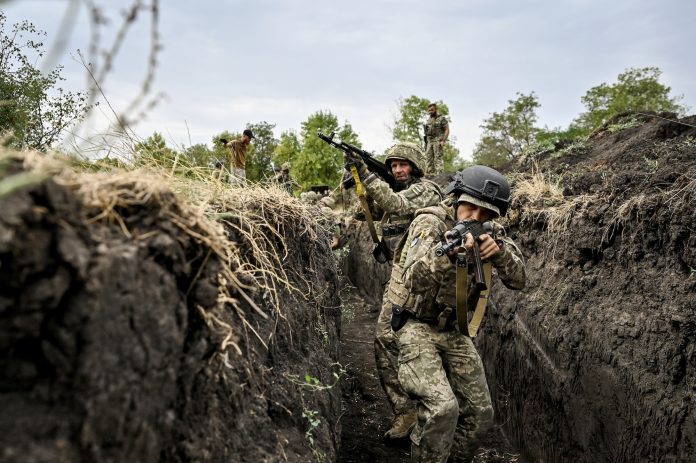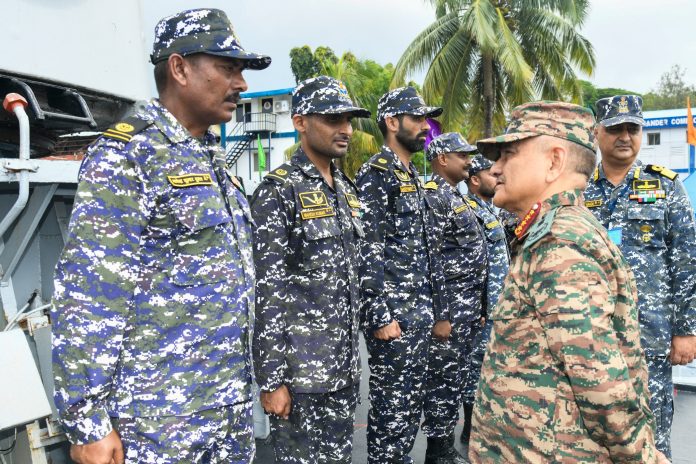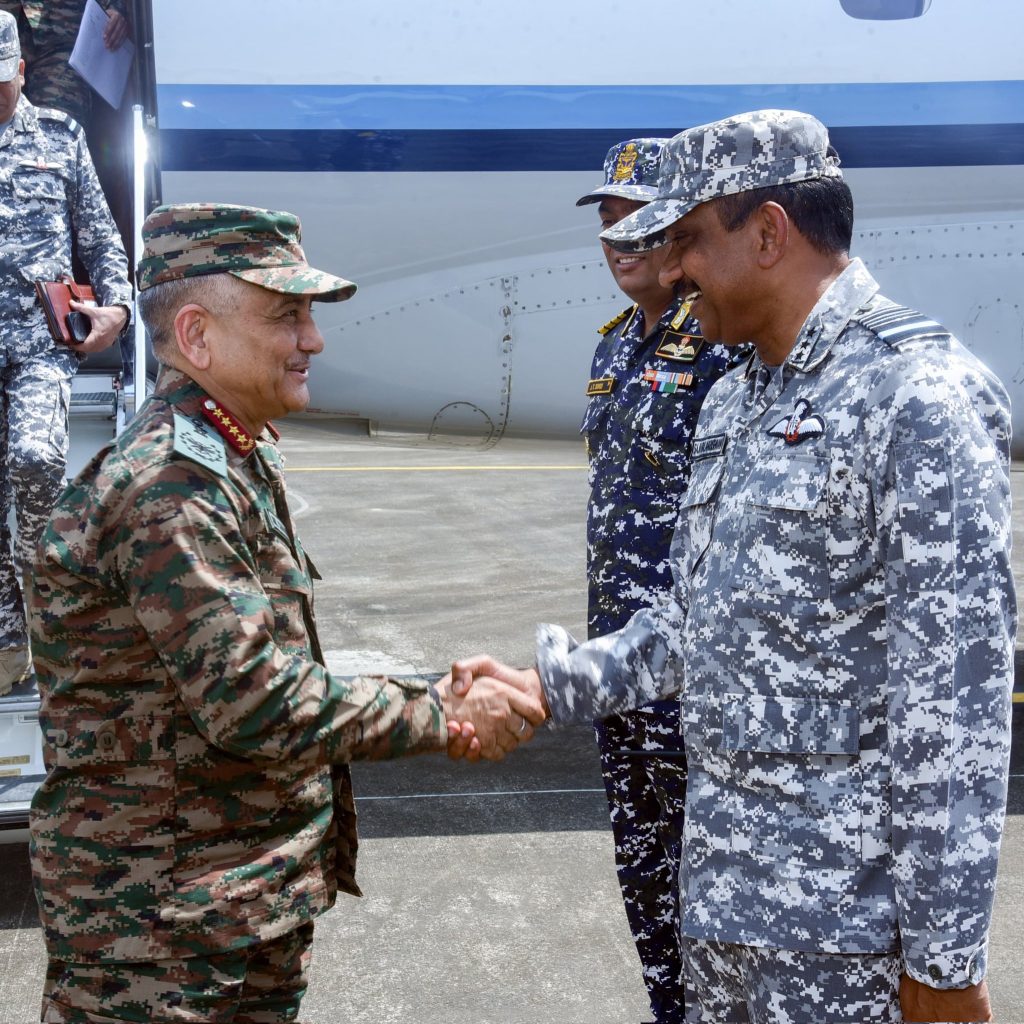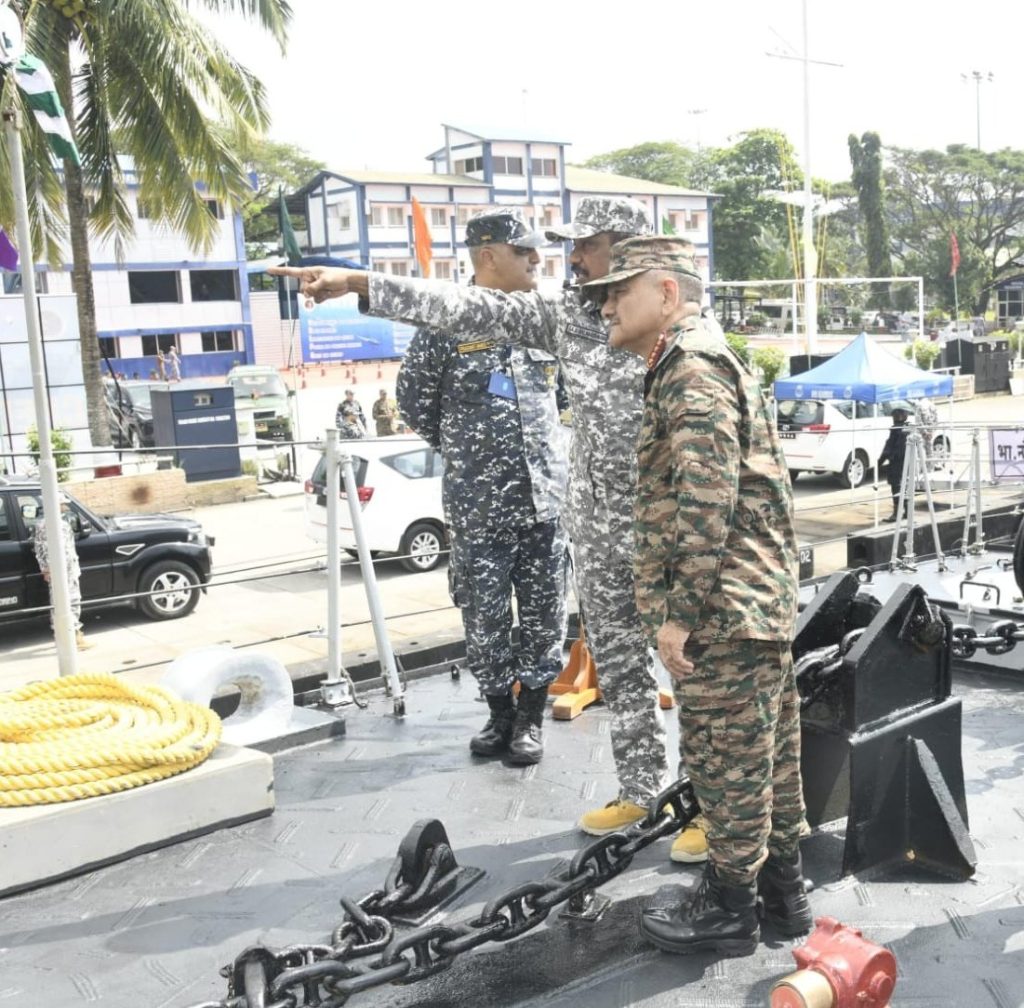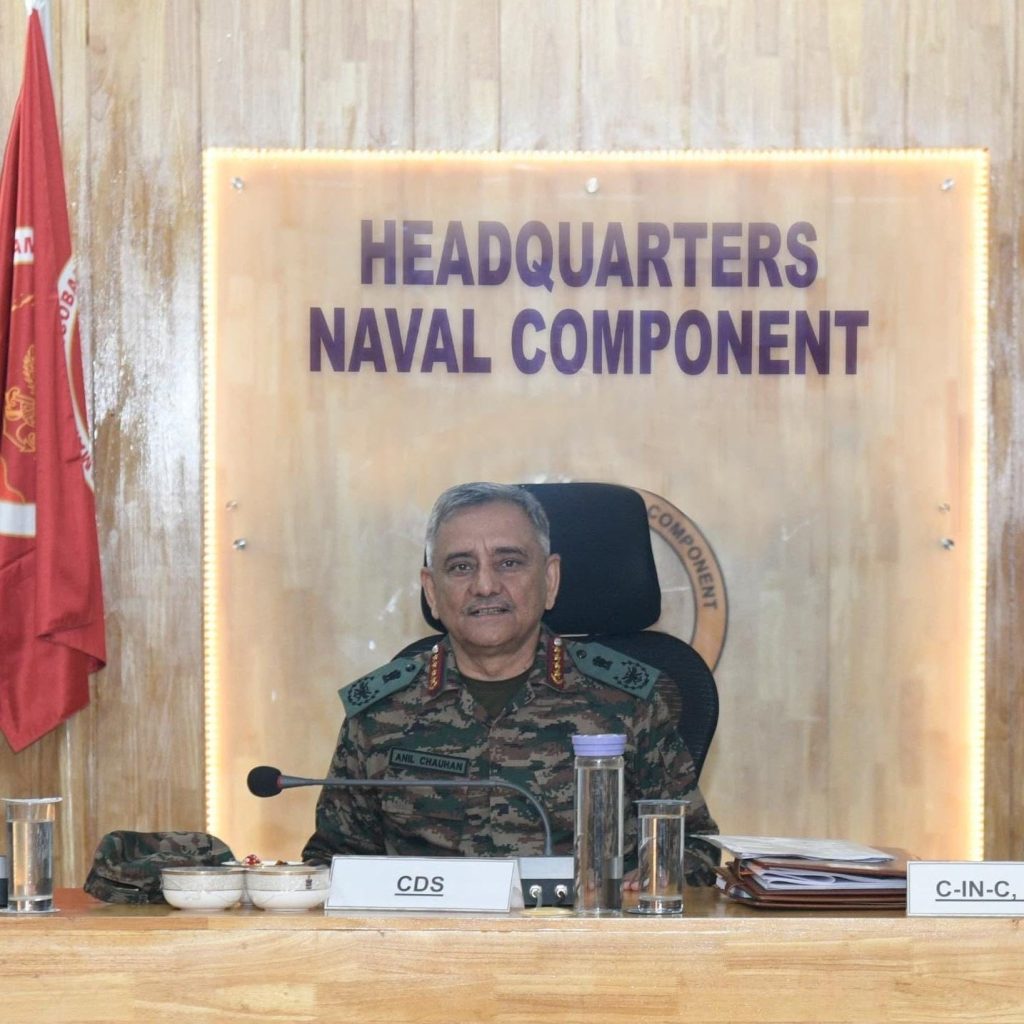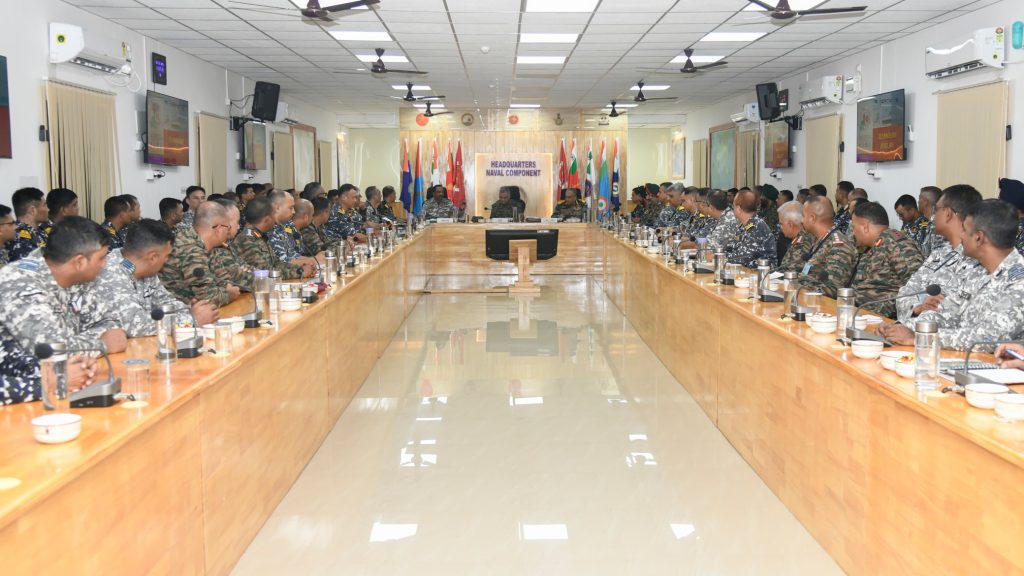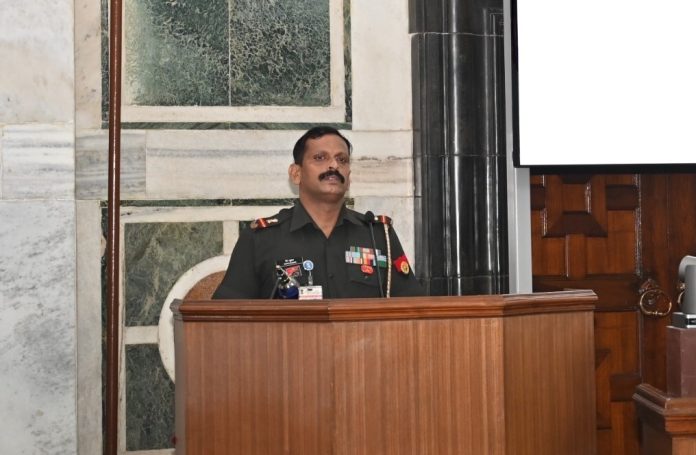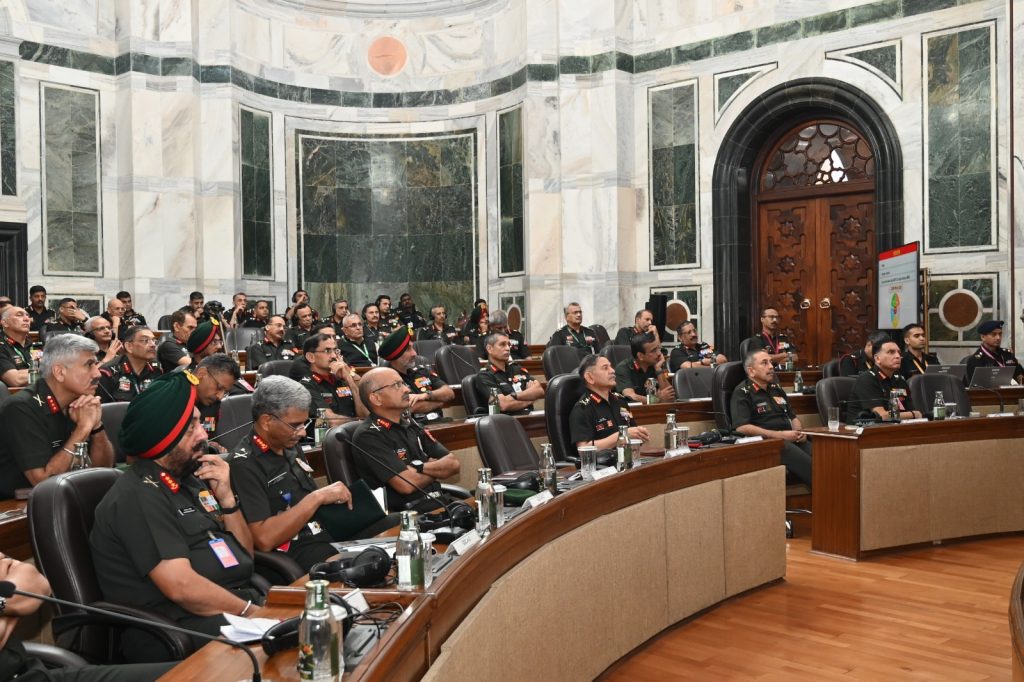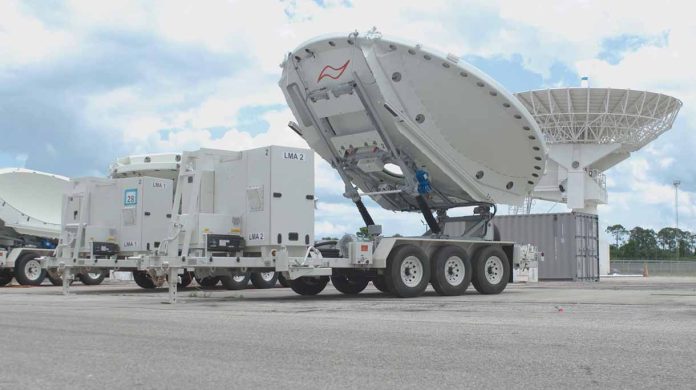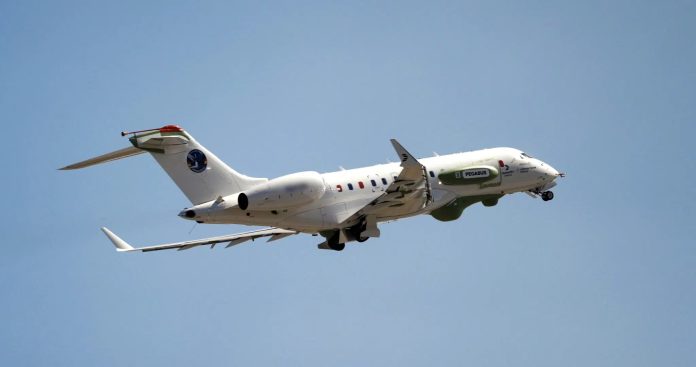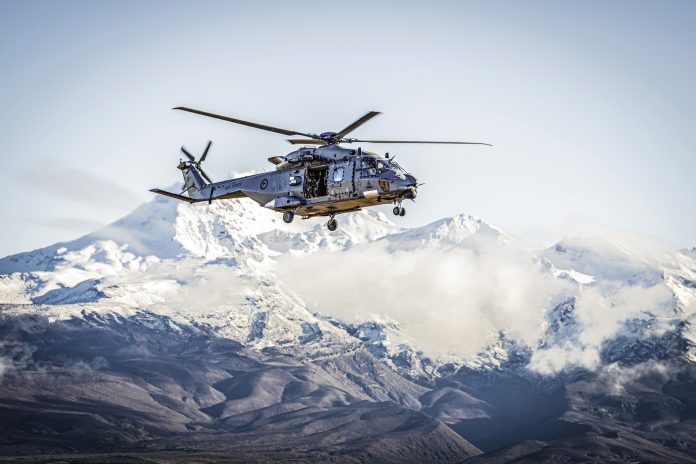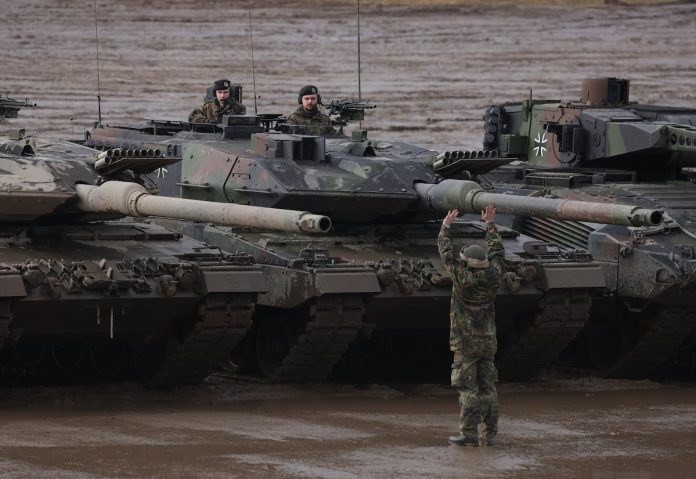Tragedy in Beit Lahia: Israeli Airstrike Claims 93 Lives in Overnight Attack
Gaza’s civil defense agency reported on Tuesday that an overnight Israeli airstrike targeting a residential building in Beit Lahia has resulted in the deaths of at least 93 individuals. The attack, which reportedly struck the Abu Nasr family home in the northern district, also left approximately 40 people missing under the debris.
Mahmud Bassal, a spokesman for the civil defense agency, provided the updated toll to AFP, highlighting the devastating impact of the strike. Witnesses described the moment of the explosion as initially resembling shelling, igniting chaos as residents emerged at dawn to find the site littered with bodies and injured individuals.
Eyewitness Rabie al-Shandagly, 30, who had sought refuge in a nearby school, recounted the harrowing scene: “Most of the victims are women and children,” he said. “There are no hospitals or proper medical care” available for the wounded. As Palestinians sifted through the rubble to recover the dead, scenes of mourning unfolded in the streets of Beit Lahia, with families grieving over their lost loved ones.
In visuals captured by AFP, a charred body was seen hanging from a window, while rescuers worked tirelessly to retrieve those trapped. Amidst their efforts, many victims were lovingly wrapped in white shrouds and sheets, a somber reflection of the tragedy that had unfolded.
Hamas condemned the airstrike as a "horrific massacre" and accused Israel of conducting a systematic campaign of ethnic cleansing against the people in northern Gaza. The group asserted that the region has been subjected to relentless violence, leading to widespread displacement.
The local medical facilities are overwhelmed. Kamal Adwan Hospital received the bodies of 15 victims from the strike and was treating around 35 injured, with many being children. Hospital director Hussam Abu Safia expressed dire concerns over limited resources, stating, “We are still receiving a number of martyrs and wounded,” while lamenting the lack of medical staff and supplies due to recent military incursions.
The World Health Organization (WHO) highlighted the challenges facing medical teams in Gaza, noting that staff shortages were prevalent as only a small number of healthcare professionals were available to care for up to 150 patients.
Since the escalation of conflict on October 6, the Israeli military has intensified its air and ground operations in northern Gaza, targeting areas such as Jabalia, Beit Lahia, and Beit Hanoun. The military has claimed that these operations are essential to prevent the regrouping of Hamas militants, with reports of around 40 militants being killed in recent strikes.
As the situation in Gaza deteriorates, tens of thousands of Palestinians have fled their homes, and reports indicate that the death toll continues to rise amidst the ongoing violence. The humanitarian crisis is deepening, with urgent calls for aid and support for those affected by the conflict.


